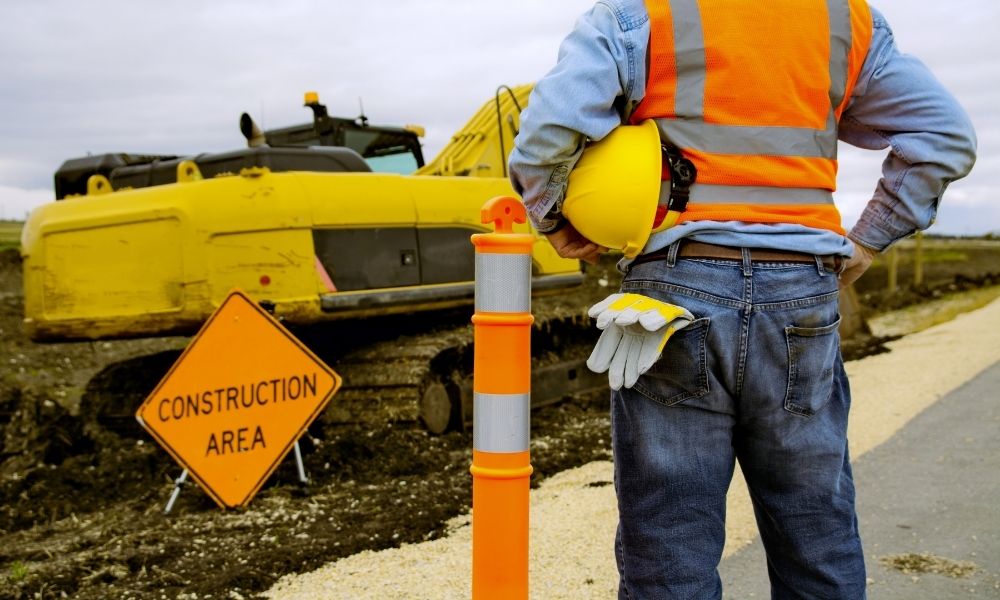How To Protect Construction Workers on Highways

Construction work is already fraught with dangers, and working in environments like highways can only make the job more hazardous. With cars speeding by at high speeds and a lack of shelter from any harsh weather, there are new challenges for construction companies to address. Read on to discover how to protect construction workers on highways as best as possible.
Setting Up a Proper Perimeter
To keep workers safe from highway traffic, you must set up a proper perimeter of barriers, traffic cones, and warning signs that make drivers aware of ongoing construction. The barrier will also keep traffic from getting too close, creating a comfortable distance between cars and the construction site. This buffer will help your workers feel more confident about their safety. Furthermore, without a barrier, keeping an eye on the proximity of traffic can reduce a worker’s productivity and potentially create a workplace hazard from a lack of focus.
Accounting for the Weather
Not every day can be a perfect, sunny day. When the weather turns for the worst, such as heavy rain, it brings with it new challenges. For instance, things like visibility and temperature can affect your workers’ safety. When it’s cold and the rain makes it hard to see, you need to ensure workers have the right high-visibility raingear to make them visible to drivers and equipment operators.
Other hazards include surfaces becoming slick or high winds knocking people over, as both increase the chance of fall-related injuries. Guard rails and stable barriers are necessary to help workers prevent falls and keep their balance—especially when climbing into machinery or working on scaffolding.
Implementing Proper Training
A well-trained workforce is a safe workforce, and the best way to protect construction workers on highways is to provide adequate training. Make sure you schedule and maintain safety procedures for working on the highway so that your workers always know what to do in the event of an emergency. Furthermore, training should address things like traffic control plans, inspection schedules, and first aid procedures.





